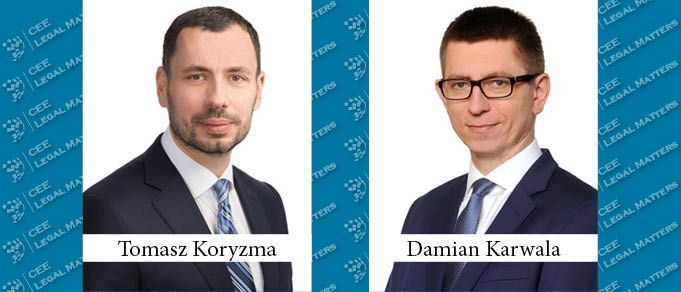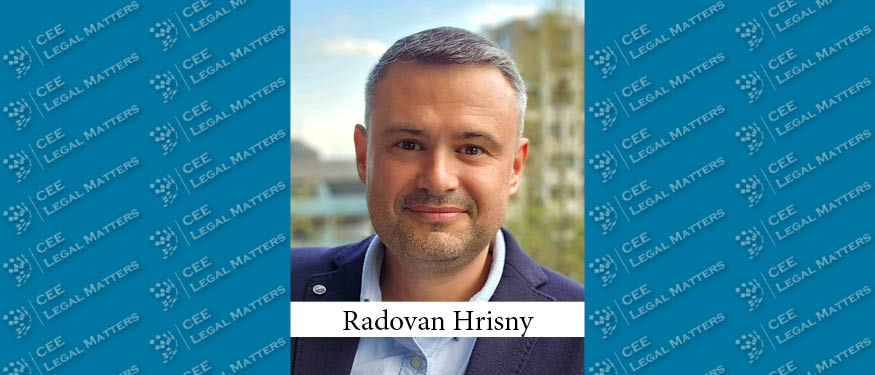5G technology is the next stage in the development of wireless telecommunications networks. Thanks to much quicker data transmission speeds and fewer delays, this technology will make it possible to offer new quality services both for public uses such as smart energy grids, transport systems, and smart cities, and for private uses such as autonomous and automated vehicles and smart homes. Also, given the greater number of devices operated by one network unit, 5G will provide for better configuration options, making it possible to offer different services to a large number of users within one infrastructure. This distinguishes 5G technology from the technologies available today, where the activity of one user has an impact on other users and reduces data transmission speed.
The potential of 5G technology has also been noticed in Poland, which has led to the country’s first tests, strategic studies, and regulatory solutions. In the January 2018 “5G Strategy for Poland” report, Poland’s Ministry of Digital Affairs declared the main objectives in preparing Poland for 5G technology, including the designation of one large city (Lodz) in which a 5G network is to operate commercially by the end of 2020, and that all urban areas and main rail and road transport routes are to be covered by the new network by 2025.
Official studies have listed the basic barriers to the development of 5G technology in Poland, such as: (a) excessive electromagnetic radiation limits (as Polish limits – which are approximately a hundred times higher than in other EU Member States – do not enable activating additional radio devices that operate in one location); (b) the need to simplify and shorten the time periods of administrative procedures for the construction and modernization of base stations; and (c) legal and financial limitations related to the Construction Law and the Law on Public Roads (including the fees for occupying a road lane, which can differ significantly).
A draft act submitted to the Lower House of Parliament in May 2019 amending the Act on Supporting the Development of Telecommunications Services and Networks (the so-called “Major Act”) is designed to remove some of these barriers. The draft act amends the Construction Law and regulations concerning public roads, to, among other things, reduce and standardize the fees for occupying a road lane. Also, according to the draft act, local government units will be able to conclude agreements with investors, which will allow for a further rate reduction. And the mandatory electromagnetic radiation limits are expected to be raised at least up to half of the norms in force in other EU Member States. Other amendments to the Telecommunications Law – which was adopted in March 2019 – enable reshuffling (i.e., a modification of the reservation of radio frequencies for 5G that are currently allocated for other purposes).
However, no clear decision has yet been reached in Poland as regards the preferred model (i.e., commercial, public, or shared) for constructing the 5G network. The majority of key domestic operators favor the commercial model, which seems to allow for the quickest implementation of 5G, while maintaining state revenue in exchange for the rights to use the radio spectrum. The difference between the projected commercial outlays and the actual costs of constructing the 5G network, which is estimated at approximately PLN 14 billion, is to be solved by establishing a Broadband Fund, which will allow for financing part of the investment from public funds. The establishment of the fund was provided for in the draft amendment to the Major Act.
Another preparatory document – the National Action Plan: Changes to the Allocation of the 700 MHz Band in Poland – points to problems connected with “freeing up” the 700 MHz band. This is because no agreement has been reached with the Russian Federation, which uses this band for aviation radio navigation and for analogue television. Given the features of radio waves, potential distortion from abroad could be noticeable as much as 300 km into Poland. There is a lot of work in store also for the private sector, as according to European Commission data, only 2 of the 138 tests of the 5G networks carried out in the EU by the end of 2018 were conducted in Poland.
By Tomasz Koryzma, Partner, and Damian Karwala, Senior Associate, CMS Warsaw
This Article was originally published in Issue 6.8 of the CEE Legal Matters Magazine. If you would like to receive a hard copy of the magazine, you can subscribe here.
















